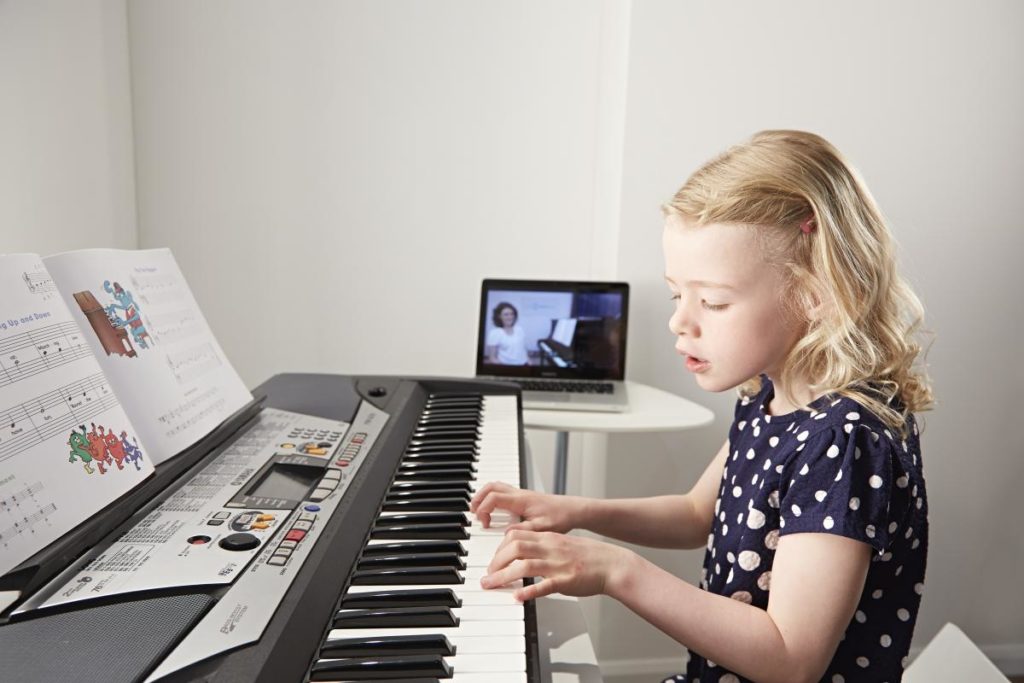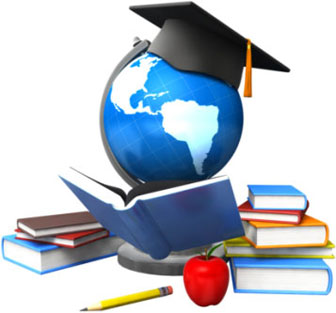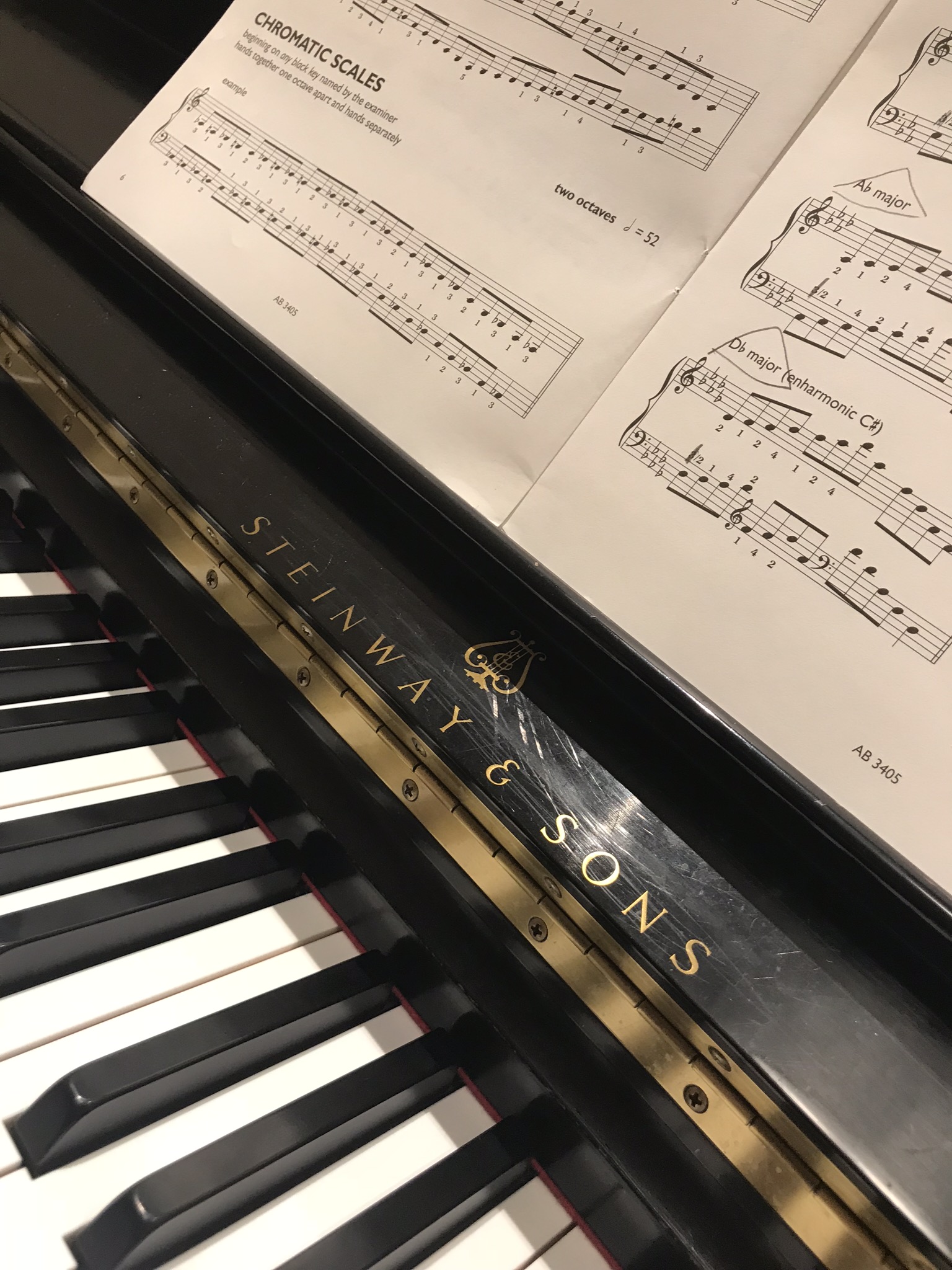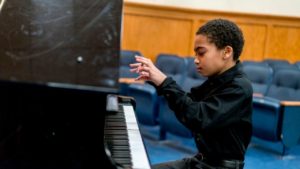Our Spring 2024 enrollment begins on the week of February 26. You can fill out a registration form here: Group lessons registration Art of Piano Playing Music School
Happy Birthday to us!

We are now servicing Florida
Great news, our Music School is now proving music lessons in Palm Beach FL! We are happy to expand our reach to Floridian students. Please contact us to learn about our music program and teachers in Palm Beach County.
online piano lessons
Online piano lessons have many benefits. Here are just to name a few of them – comfort of no commute, scheduling flexibility, variety of materials, screen share, option to record/replay your class, cost effectiveness. Art of Piano Playing Music School has been offering online piano lessons (also voice and other instruments) with our best instructors to students of all ages and levels. Our online music teachers are greatly experienced in virtual teaching and have all the necessary gear to help students achieve their musical goals. Thanks to the technology, not only our current students were able to continue their musical progress but it allowed new students to join us from wherever they are. Imagine taking lessons with a Julliard Conservatory graduate from the other end of the world?! Thanks to the online piano lessons opportunity, our outreach today is as far as the Eastern states like New York, New Jersey, Connecticut and Pennsylvania, Florida in the south and California in the West. Call us today if in person piano class is not an option for you. We will hand pick the right instructor for YOUR needs. Take care and make the best of these times!


Tutor services

Winter Music Recital
 Please join us on December 13 and 15 at the Opera America Center for our students winter music recital!
Please join us on December 13 and 15 at the Opera America Center for our students winter music recital!
6.80-8.30 pm,
330 7th Ave., New York, NY
NYSSMA winner
Congratulations to our piano student Jesse Hubbs-this year’s youngest winner of NYSSMA all-state level 6 solo performance!!! He has been interviewed by Newsday, CBS and Fox News channels. Watch a story about him on November 21 on CBS channel 2!

https://www.newsday.com/long-island/nassau/long-beach-pianist-jesse-hubbs-applenews-1.23609486
Ear training
As known, piano study requires an integrated development of skills. One of the very important elements of this development is ear training/playing by ear. Ideally piano lessons should begin with ear training activities and take main place in curriculum up until note staff is introduced later on. Unfortunately ear training is often being neglected by many piano teachers in favor of note reading.
Dear teachers, please don’t present music notation to your students on the first piano lesson. There is a better way to introduce a student to music – though singing simple songs with words. Remember, voice is our first instrument, use it! Here is how it can be done.
Piano teacher chooses a very simple, familiar to every child song and sings it together with the student. They can sing it a few times, just add a rhythm clapping to it.
Tip: Once names of the notes have been introduced (solfege, not ABC!), a student can sing a song with solfege instead of words. Solfege syllables are known to help ears to connect with a pitch more easily. In the result of this approach a student will have a very good perception of a pitch, even before he learns to read notes as written symbols!
Afterward, they need to discuss how sounds in the song were acting – moving up or down, taking steps or skips, etc.
Tip: At this point the Kodaly method of hand signs (showing a pitch height) can be introduced and used while singing in solfege. In this way full body is involved in “feeling” the melody – so effective in training the ear!
Lastly, a student can try to pick out the song on the piano with teacher’s guidance. If a difficulty occur-all of the above steps can be repeated again.
Teaching rhythm
Teaching rhythm to students is a great challenge for piano teachers. It all starts pretty innocent with an introduction of whole, half, quarter and even eight notes, but the problem starts when all of the above time values are being mixed. Unless you are a suzuki student that already knows how rhythm feels and sounds (because they learn rhythms by ear before even any theory terminology is introduced), it is hard to comprehend (and, mainly feel) why there are two eight notes in one quarter note!
Here is a simple and quick way of demonstrating eight notes at a piano lesson. It is called “Musical Pizza”.
Step 1: Draw a circle – a pizza, tell a student it is a WHOLE pizza (like a whole note), pick a sound and make student play it and hold on the piano for four counts (slowly, steadily, counting out loud). Then “cut” pizza in HALF (like a half note), pick two notes and make student play and count it. “Cut” pizza in QUARTERS (like quarter notes) and do as the above, and so on with eight notes – eight “slices” of the pizza. After that ask your student how many “slices” are in whole pizza? half? quarter? You can also clap the pizza (of course with counting out loud), just don`t forget to show where the main beats are. When it comes to eight notes, count out loud – one and, two and, three and, four and, while pointing at each “slice” of the pizza clockwise. Do this a few times until well understood (at this point your student most likely gets why an eight note is a half of a quarter!)
Step 2: Write down a rhythmical pattern with quarters and eight notes. Pick a note (practice rhythm outside of a music content so no articulation, dynamics or even note reading gets on the way, only pure rhythm!) and make sure your student plays it without skipping a “slice” when playing quarter notes (while counting out loud, can`t stress enough of that!). Do the same with all time values. Keep the pizza drawing in front of your student even when he is learning new pieces. Use these tips and piano lessons will become more fun and engaging!
Articulation for beginners
Articulation for piano beginners. Non-legato:
Normally I start by introducing my beginners to a non-legato touch. I make them play the same sound on the piano (use a 3rd finger for the best support!) in a moving motion from one octave to the other, higher and higher on the keyboard. This, sort of say “diving” into the very “bottoms” of the keys with the relaxed hand (using full weight of your arm!) is free of any tension, and therefore, highly preferred over legato touch. While “diving”into the keys, a piano teacher needs to teach a student to listen/control to the sound he is making and make sure the touch/contact with the keys is soft, deep and flexible. The next step is to learn to play short simple melodies (shared between two hands, 3rd fingers only preferred) using non-legato articulation. Only after perfecting non-legato touch, a student can attempt to learn playing legato.
A few tips on staccato:
Staccato-(staccare) from Italian – means to separate. Piano teachers would agree – it is a bit hard to teach children to play staccato articulation on the piano. They do seem to grasp an idea of “spaces” between sounds and separation, but their staccato would come out quite flat and lack crispness. I believe the reason is simple. Students need to be taught to play/take the sound “out” of the piano, not “in”. A short exercise of a quick “take off” from one key, flying and “landing” (diving) on the other key, may help. Teachers should make it simple-use the same fingers, go up and down the keyboard, right hand, left hand – as long as they get the touch right! Staccato touch can be compared to a trampoline, ping pong or a super rocket rapidly launching upwards. And of course, sometimes staccato demonstration from a teacher is always the best!

